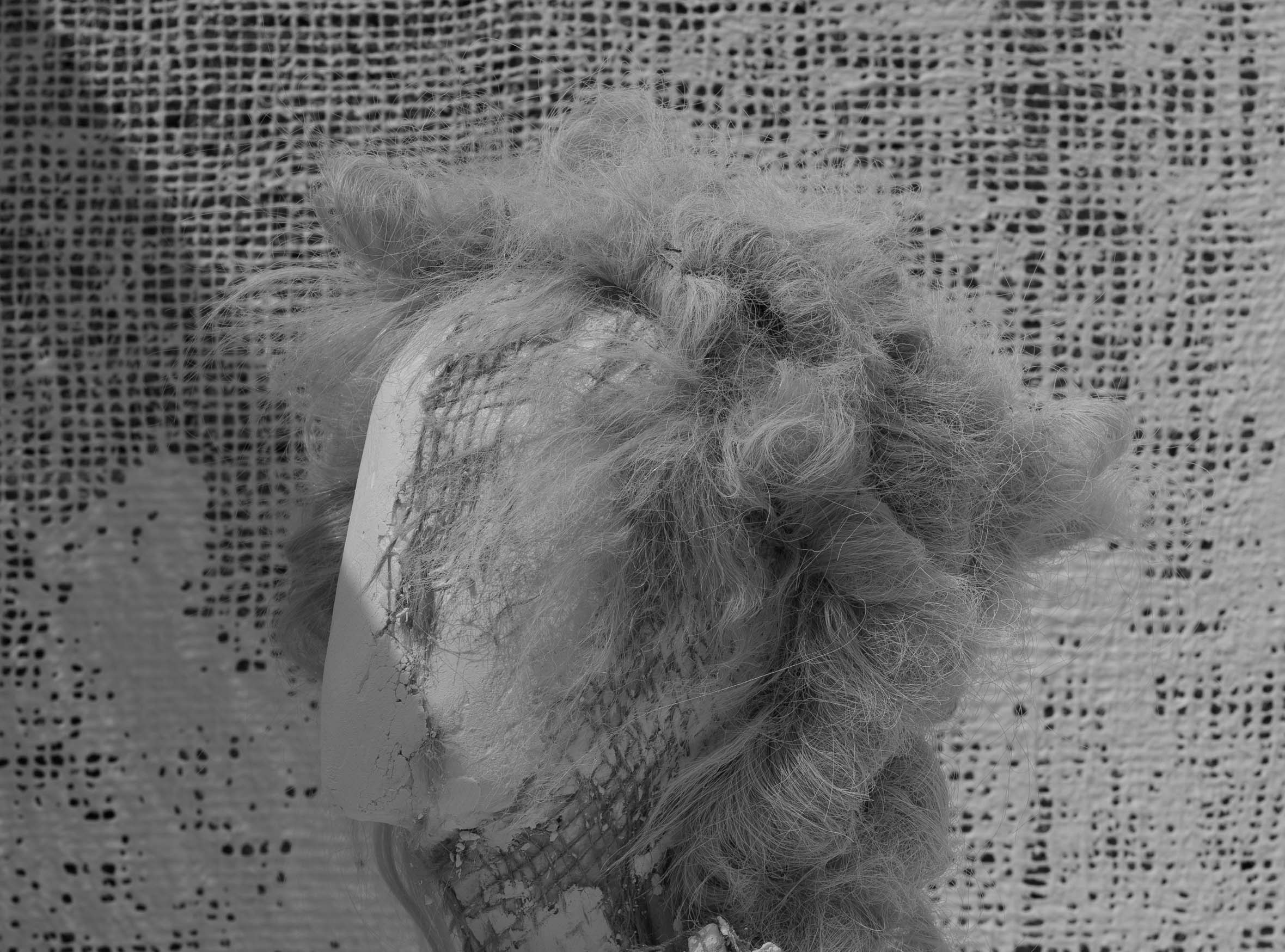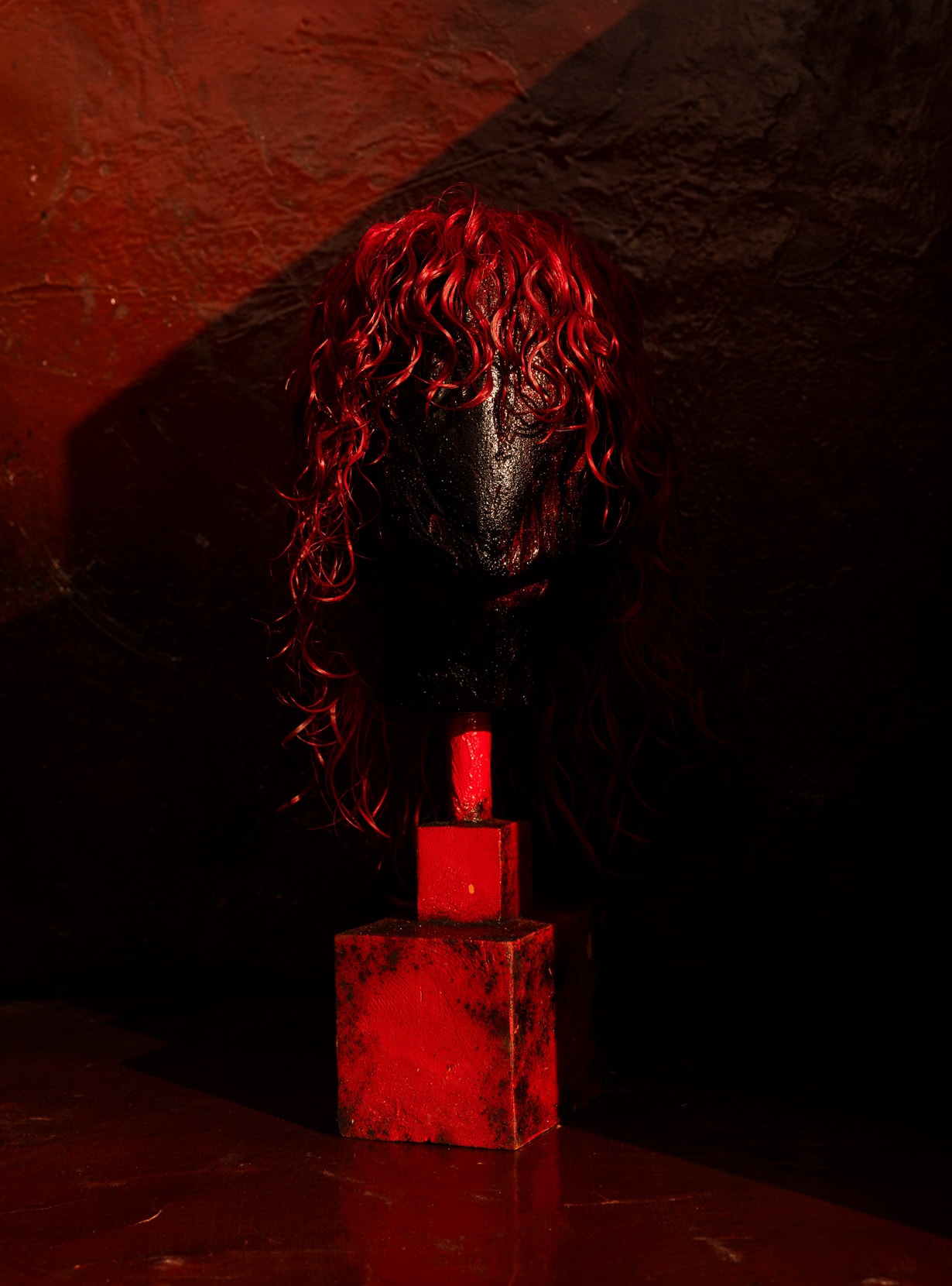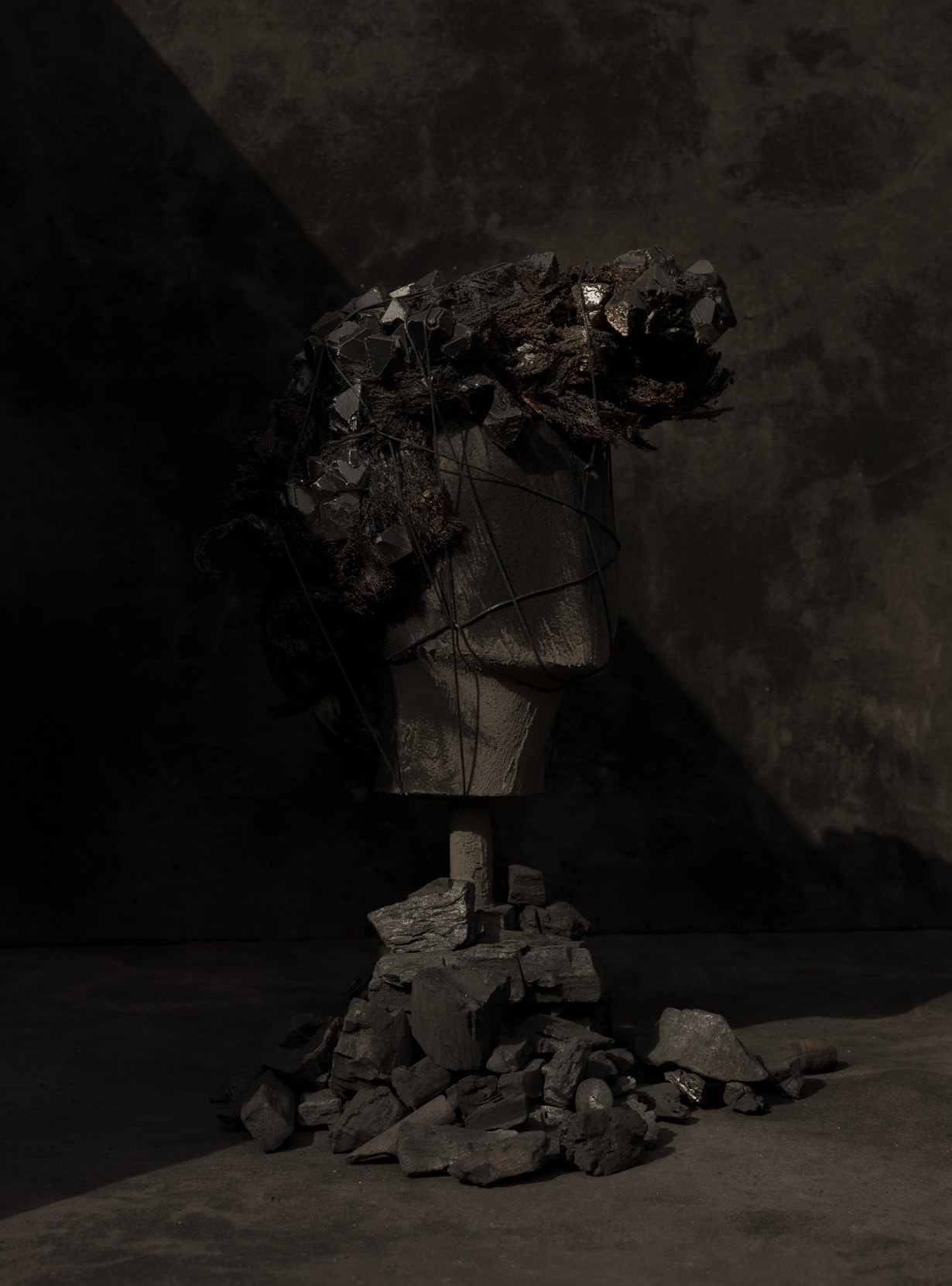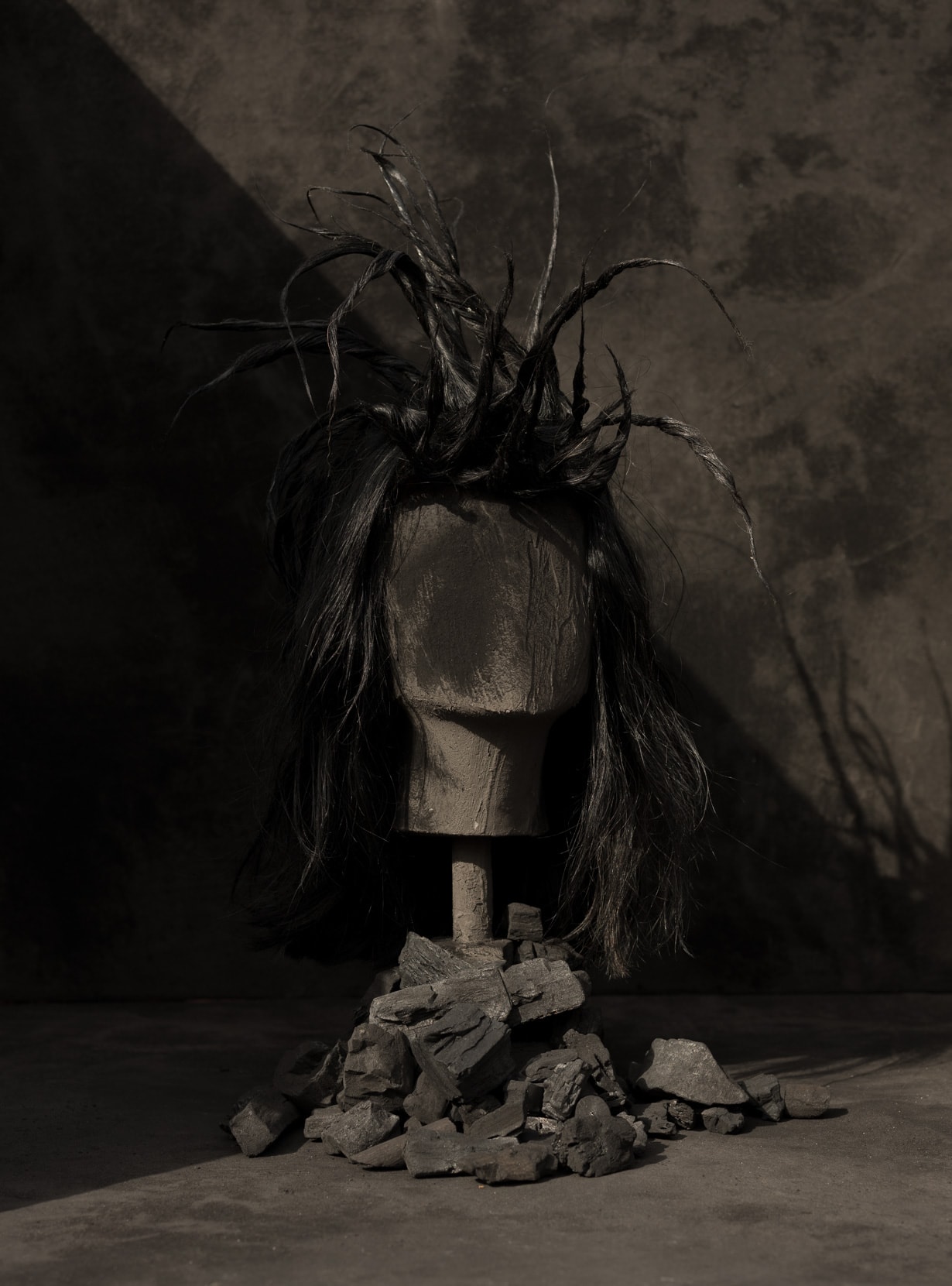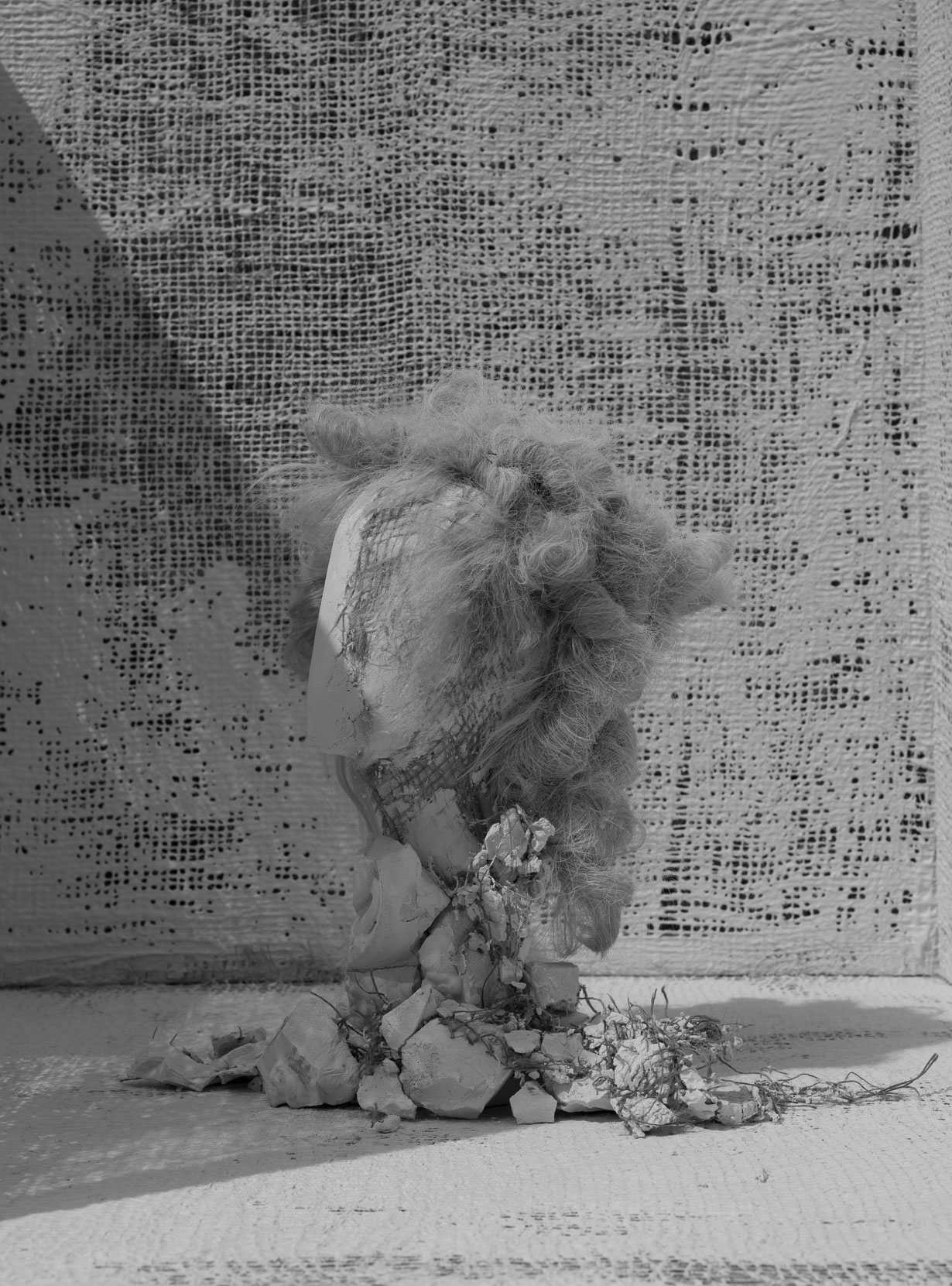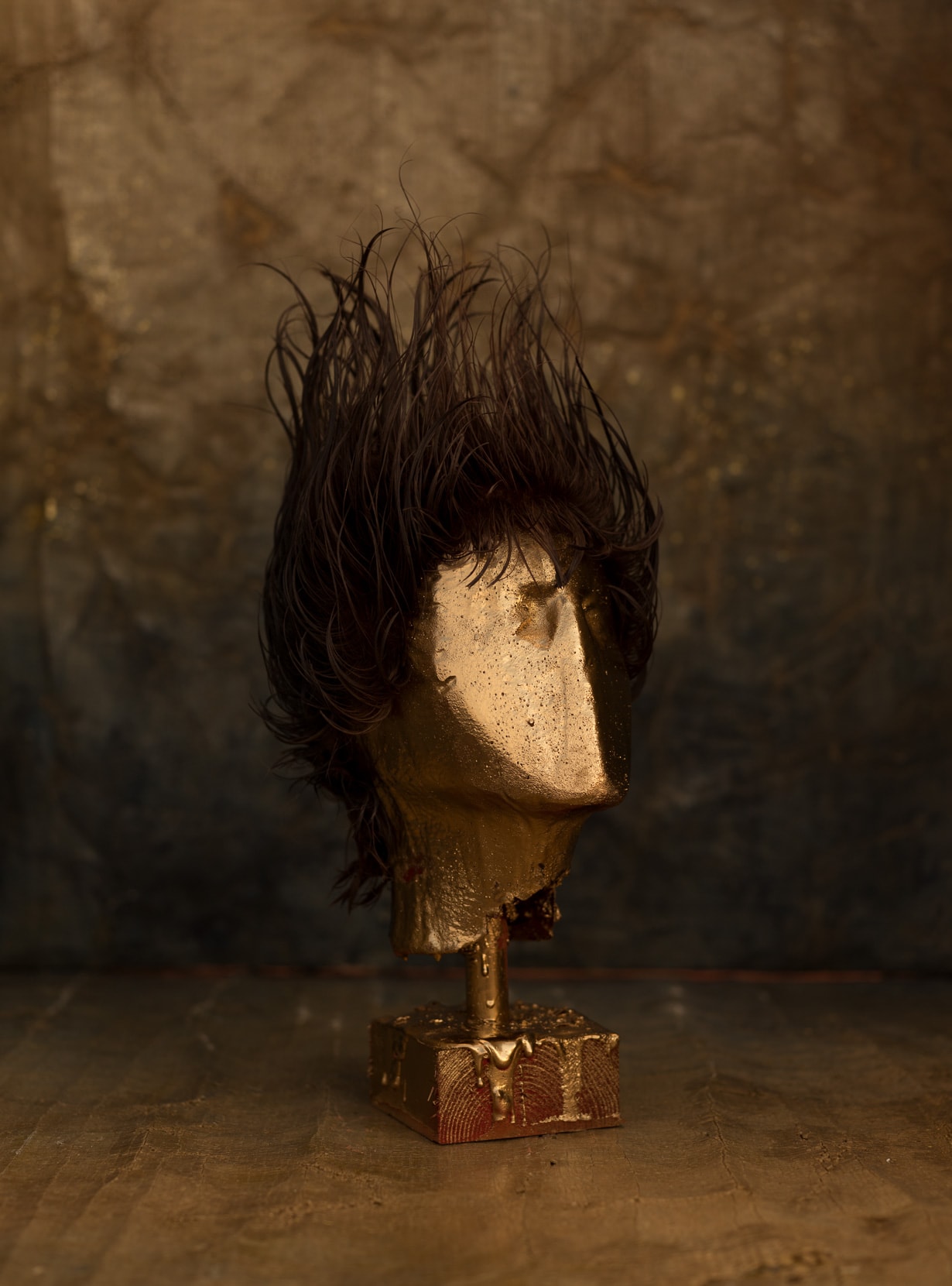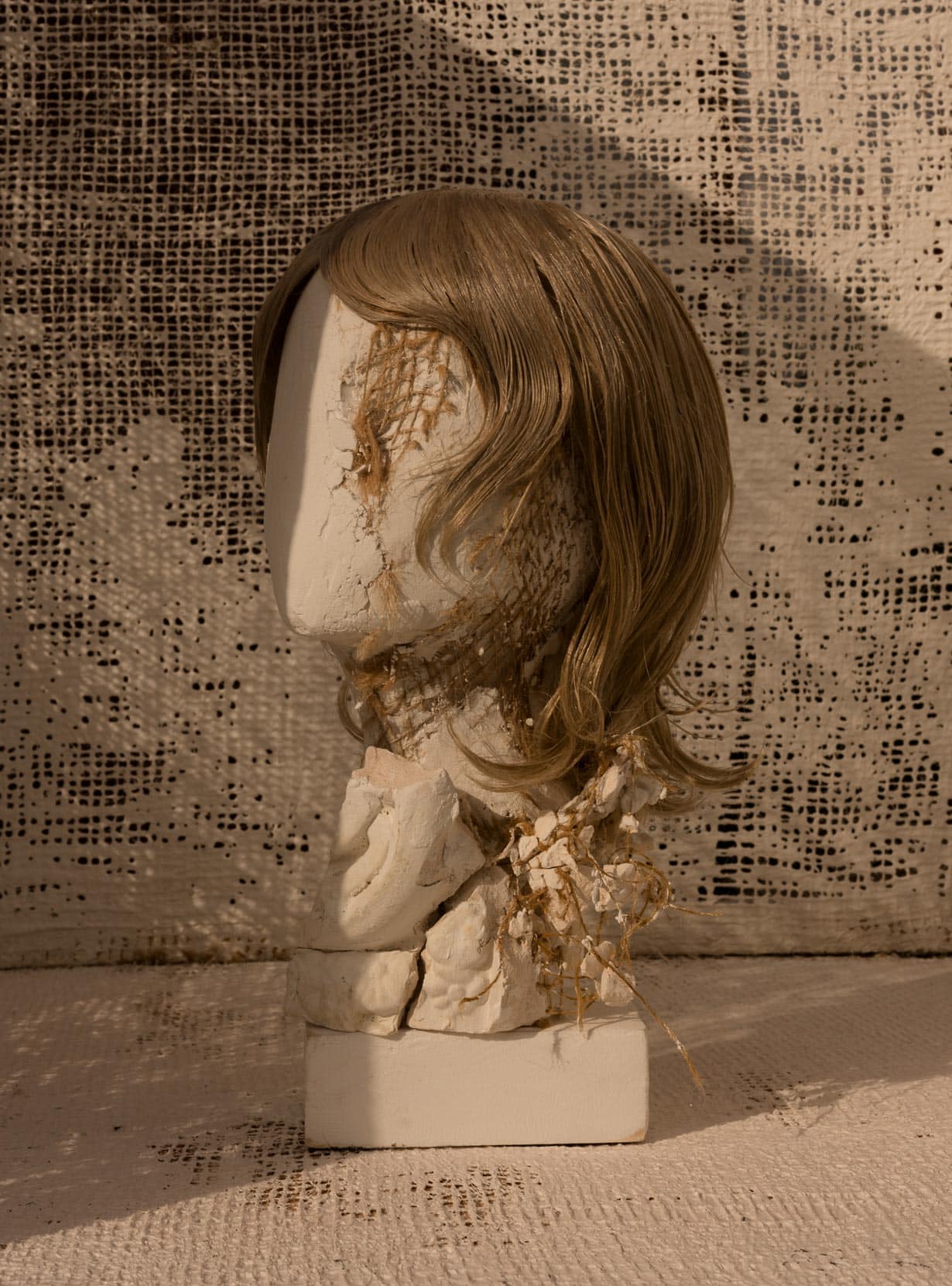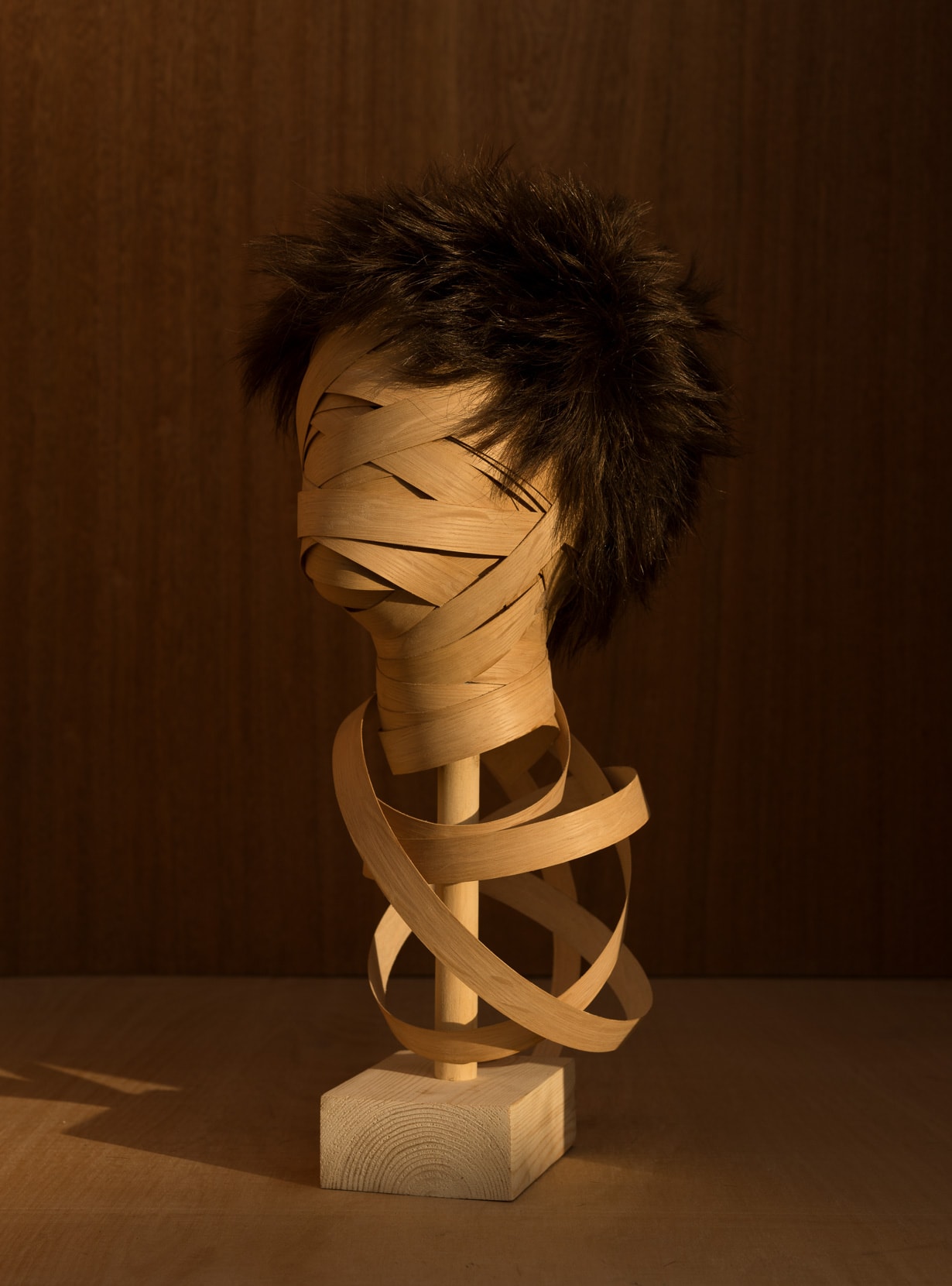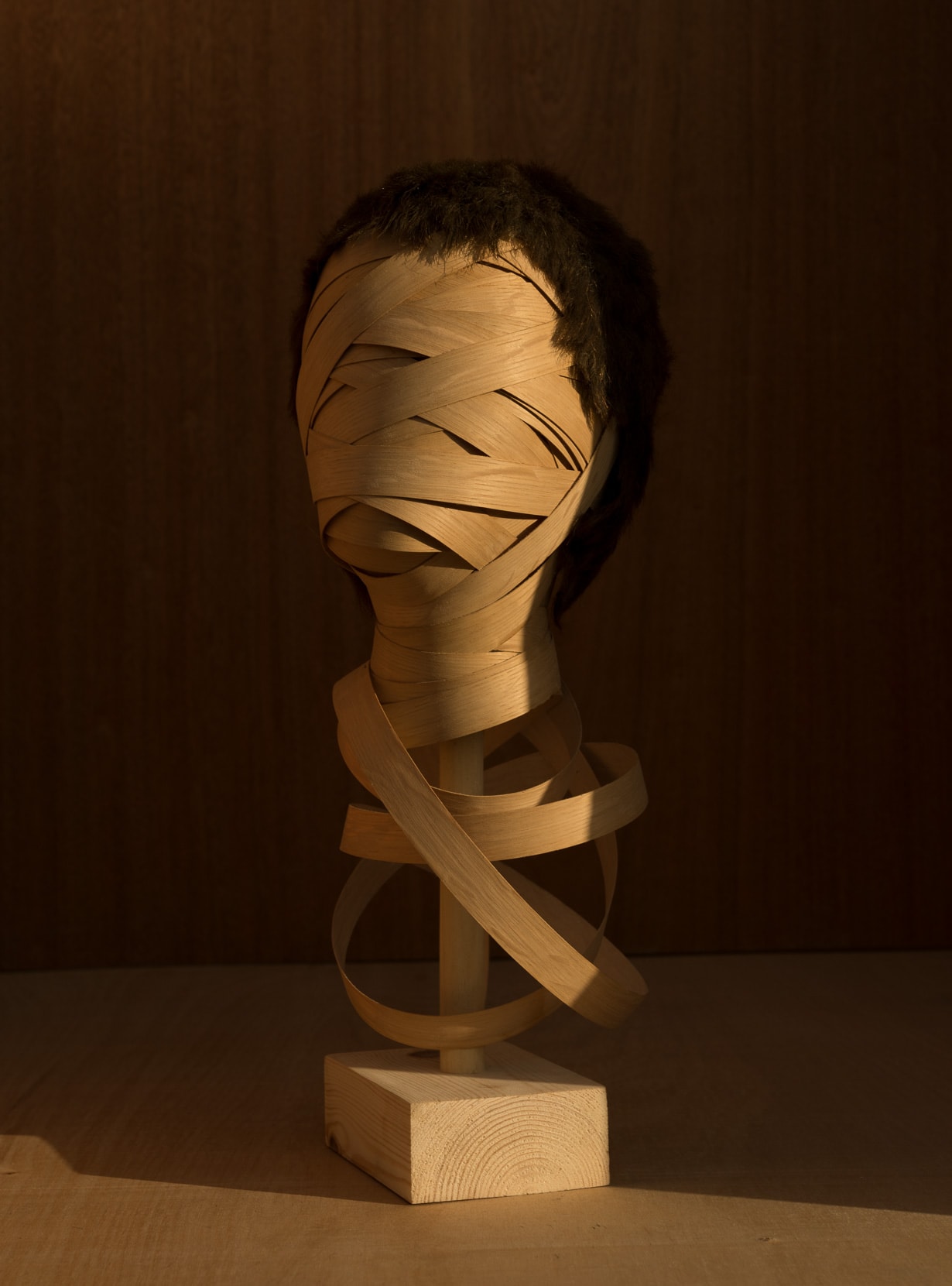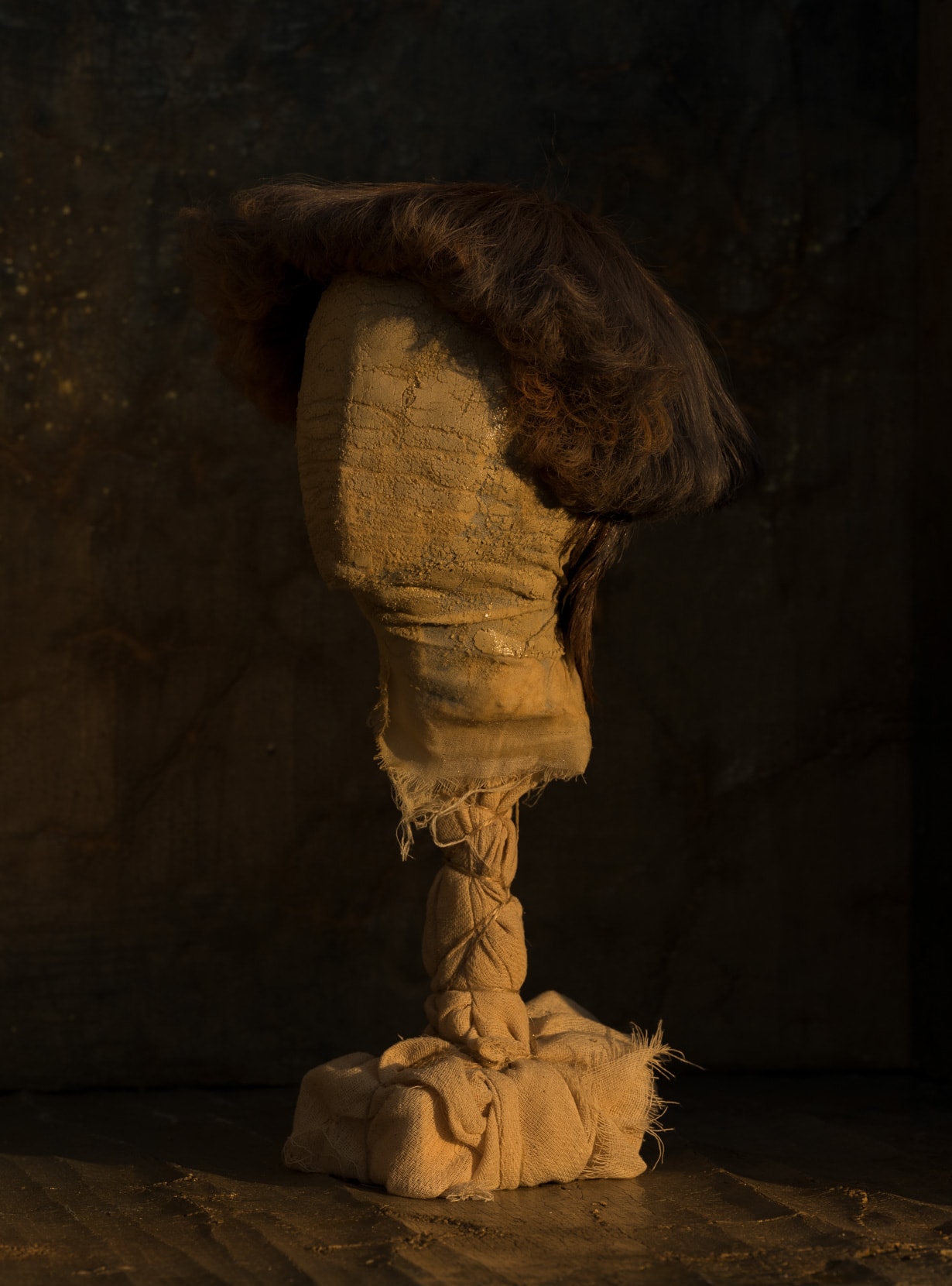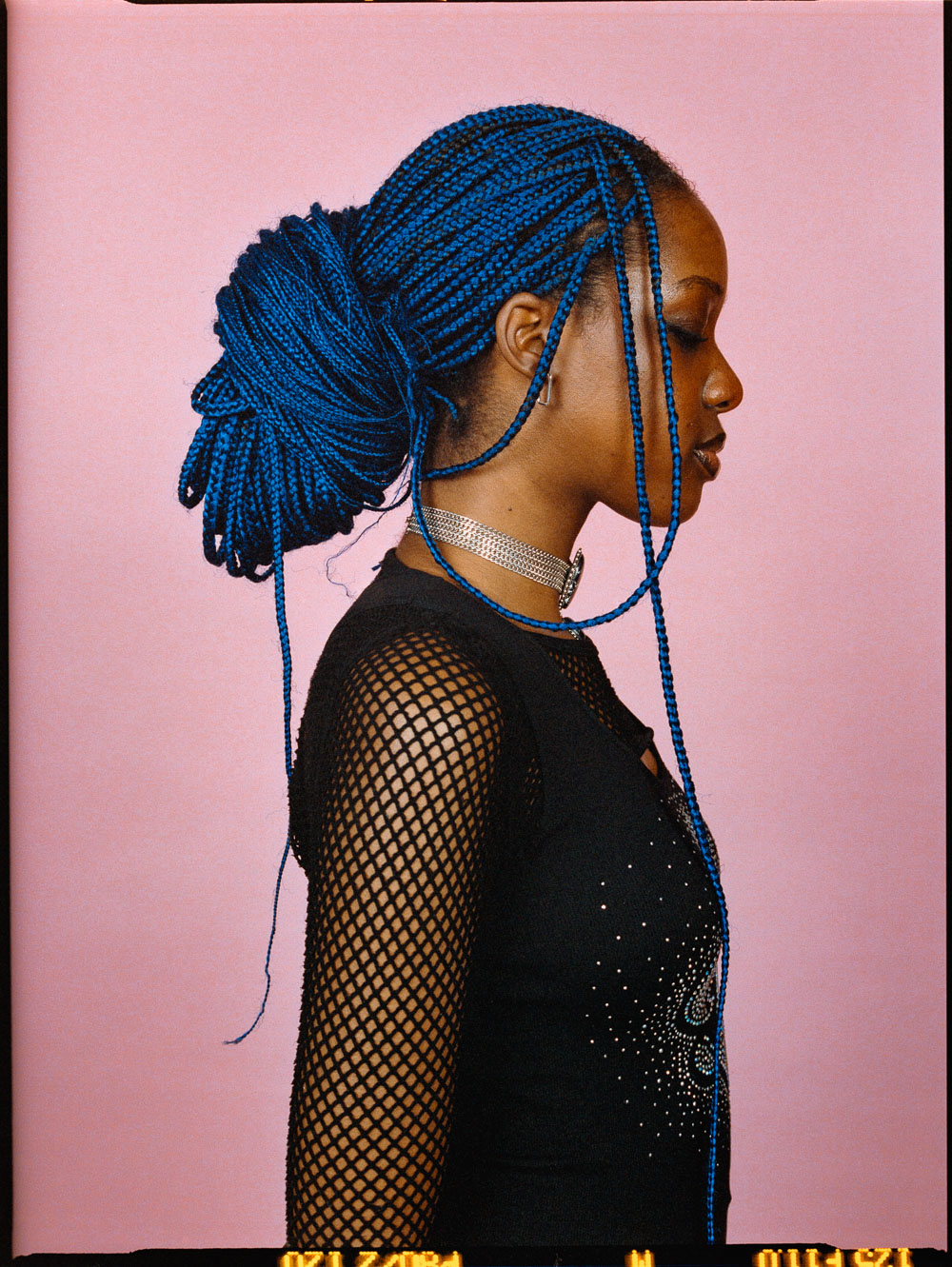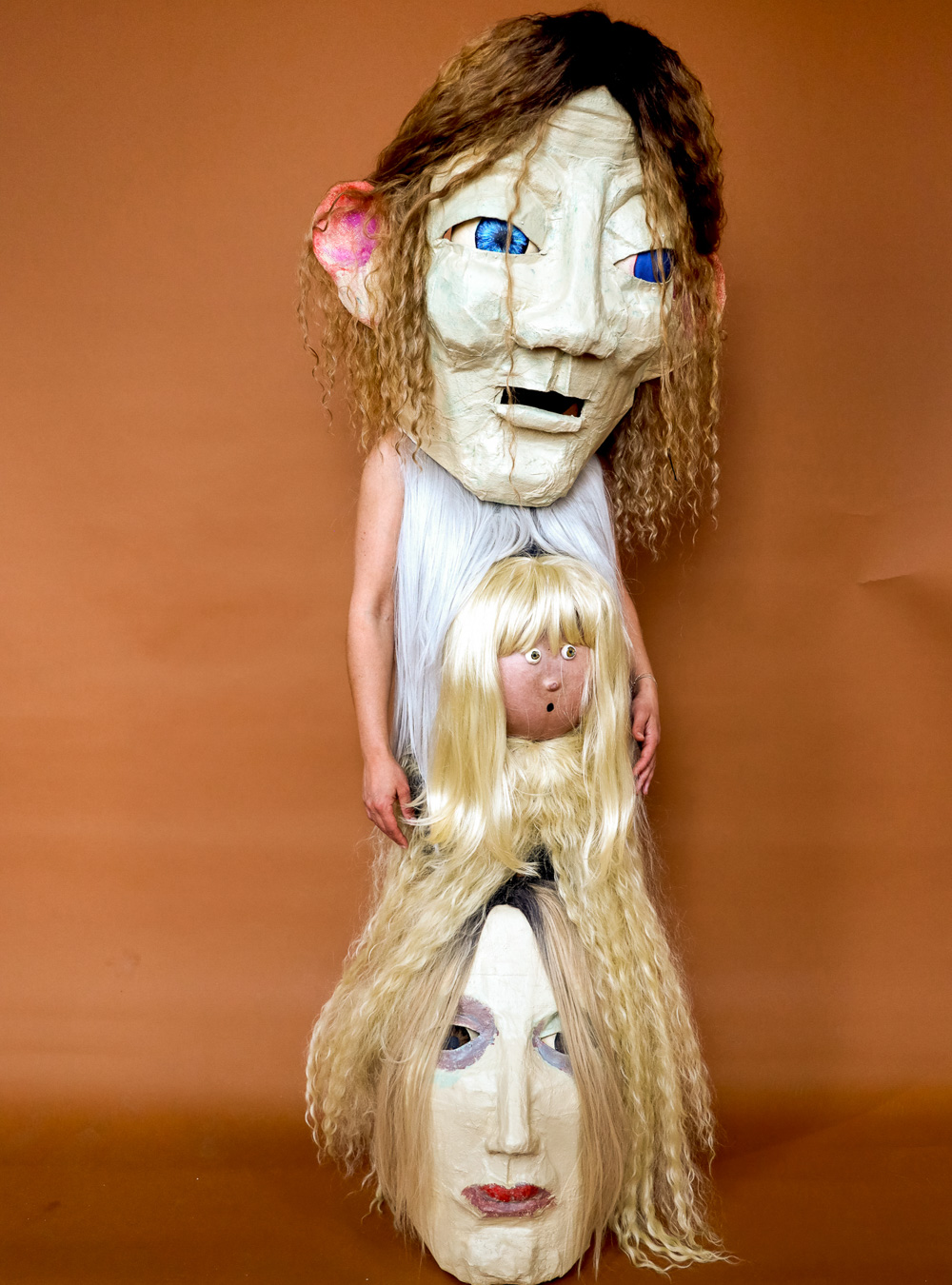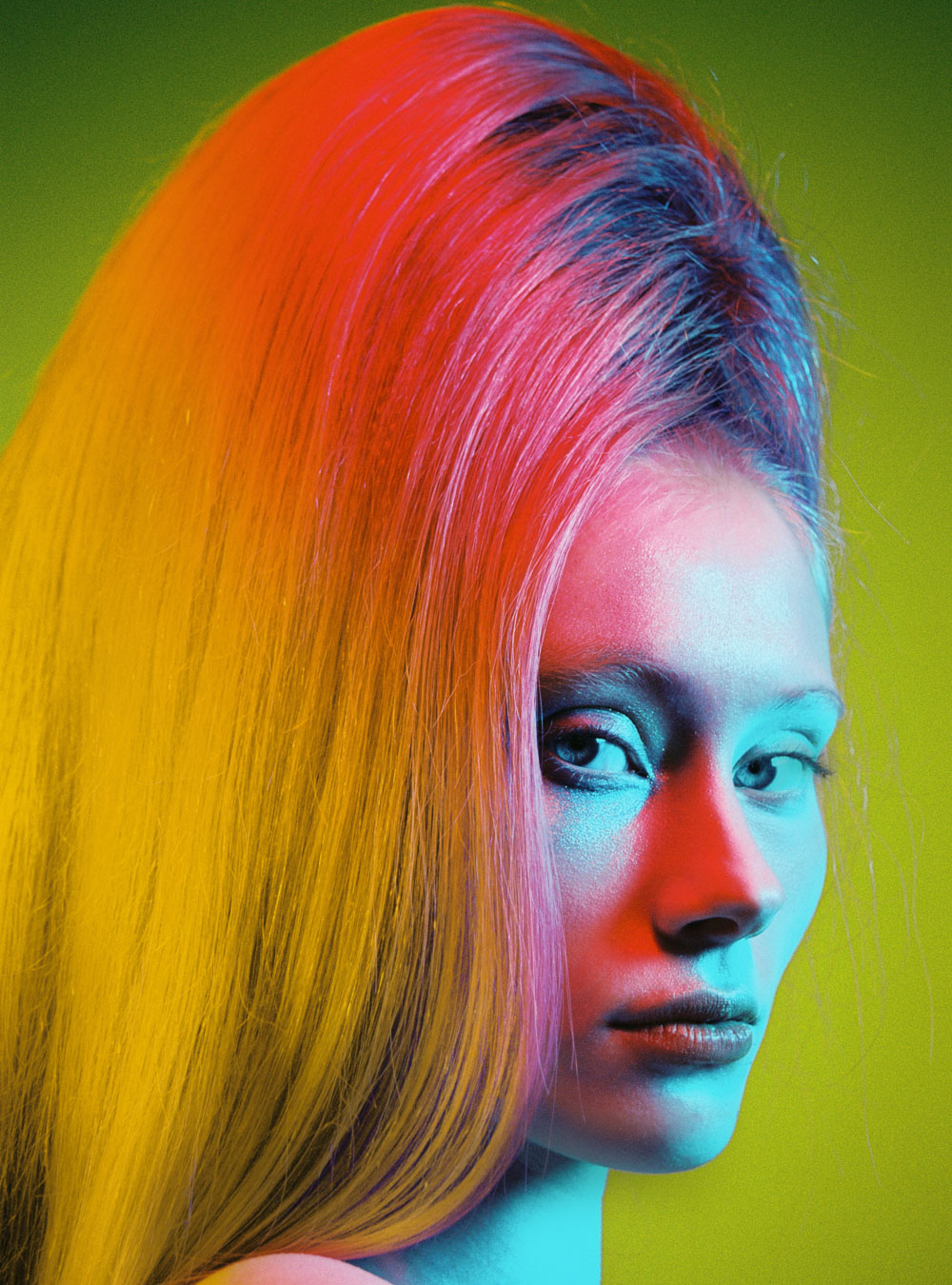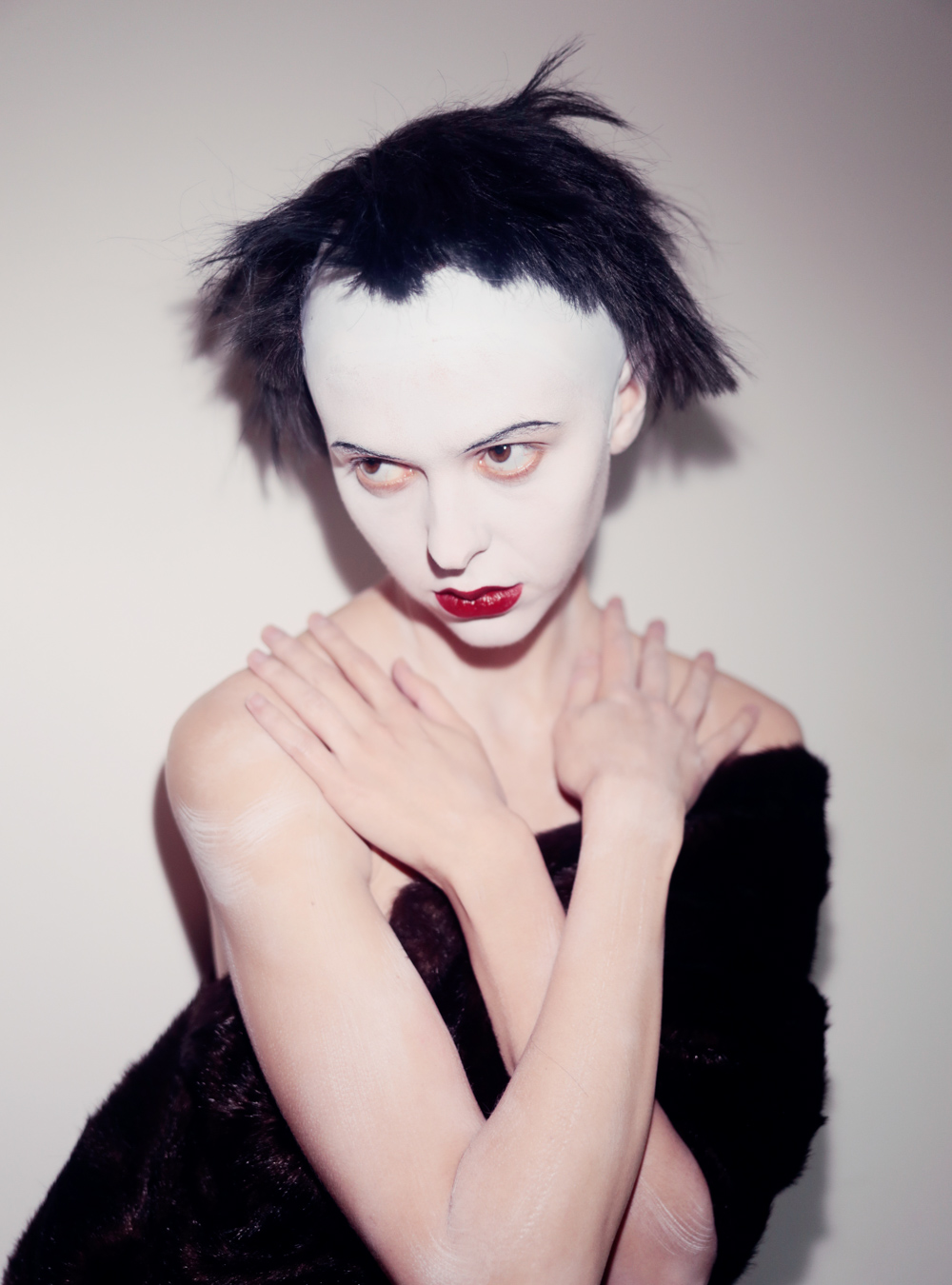- Pablo Kümin
- Pablo Kümin
- Pablo Kümin
PEOPLE: Hairstylist and wigmaker Pablo Kümin on staying inspired in times of scarcity
Hair: Pablo Kümin
Photography: Marcus Schaefer
Interview: Katharina Lina
From working in hair salons, to being a global ambassador for Balmain Hair, Swiss-born Pablo Kümin has taken the hair world by storm. His induction into the “hall of fame” after winning Swiss Hairdresser of the Year twice in a row, allowed him to become a full-time session stylist. Since moving to London he’s been working at fashion shows and on editorials for magazines, while his spare time is spent creating and releasing human hair wigs and headpieces under his label Pablo Kümin Hair Couture.
To some, all these endeavours would be a lot to take on, but not for Kümin: “I get bored quite fast so I always need a change. I’ve always loved crafts and could spend hours creating stuff at home.” His human hair wigs are vast in variety of styles and cuts, but the common thread throughout is an attitude unbothered by conventional standards of beauty. INFRINGE spoke to Kümin about his unique approach to hair.
“I don’t really see hair trends coming from the industry anymore, even if they try really hard. If a trend develops it’s most likely created by the people”
There’s an underlying rebellious feel to a lot of your wigs; would you say this is an aesthetic you consciously strive for? I don’t really know where it comes from. I can say that growing up in Switzerland – a country that always aims for a perfect and simple aesthetic, I got bored at a really young age, so I looked for ways to shock people and catch them off-guard. I was part of a techno party scene that happened between Switzerland, Paris, Austria and Germany, where people would dress up as anything in regards to the dress code of the party. 500 people from all these countries would meet every Saturday with shuttle buses, fully dressed up, ending up in a club anywhere in Europe. That was kind of the beginning of me working on other people’s hair; shaving my friends’ heads, spikes, mohawks, all the hairstyles were graphic and extreme.
When you’re in the process of making a wig, who is the person you envision wearing it? I spend a lot of time creating wigs without a purpose of using it for a specific shoot or show. That’s how I got into wigs. When I started working in a salon, I still wanted to do hair after I got home so I would spend all my money on wigs and just play around after work. I daydream a lot so I can easily picture people in the wigs, most likely I’ll think of a whole scene of my own short movie with a character of my imagination.
Do you prefer working with wigs or hair that is attached to people? I wouldn’t say I prefer one to another. To be able to create something is what makes it exciting for me. As I’m Swiss, I hate it if people have to wait for me. I could spend hours preparing 10-20 wigs and put them on in 5-10 minutes on set. With wigs you have a bigger impact on the shoot so you get more involved in the whole process. Some of my best education was just working on wigs for hours at home and experimenting with products that you wouldn’t use on people’s hair. I would say working with all these wigs influenced my way of working more than anything else.
You’ve worked in salons, as a session stylist and ambassador with brands, as well as designing your own hair collections – what environment is the most inspiring to you as a craftsman? I would say the session stylist environment, as the people I’ve met there are the most ambitious and hungry. It requires constant research for inspiration, and combined with the freedom we have, allows you to grow every day. But I would miss some of the other parts, I think the mix makes it work for me!
Where in the world do you feel that people are most receptive towards new hair ideas? Hard to say as I don’t really see hair trends coming from the industry anymore, even if they try really hard. If a trend develops it’s most likely created by the people; the industry then creates their version of it and takes it international to sell more products. At the moment I think hair trends are begging to be made just to be made. The hair trends that are practical and make people’s lives easier have a future in the times we live in.
Putting on a wig can transform the person wearing it, not only in appearance but also in their demeanour. Why is hair so powerful? It’s always been. The answer is easy. It’s the only part of our body we can really permanently change without surgery to identify ourselves and send a message to the world around us. A bird uses its feathers to impress its mate, some frogs use the colour of their skin to warn predators. As humans, we have evolved but we can’t escape from our natural instincts. Hair has been used as a symbol of status, shaved for medical or hygienic reasons. Tribes use hair around the world to identify themselves. People talk more about Trump’s hair than about what he actually does. A wig is a flexible shortcut to changing your identity or get it back.
What is your all-time least favourite hair trend? I almost like the bad ones more, because I can take inspiration from them and turn it into something I can use.
- ANTHROPOLOGY OF HAIR
- ANTHROPOLOGY OF HAIR
- ANTHROPOLOGY OF HAIR
- ANTHROPOLOGY OF HAIR
- ANTHROPOLOGY OF HAIR
